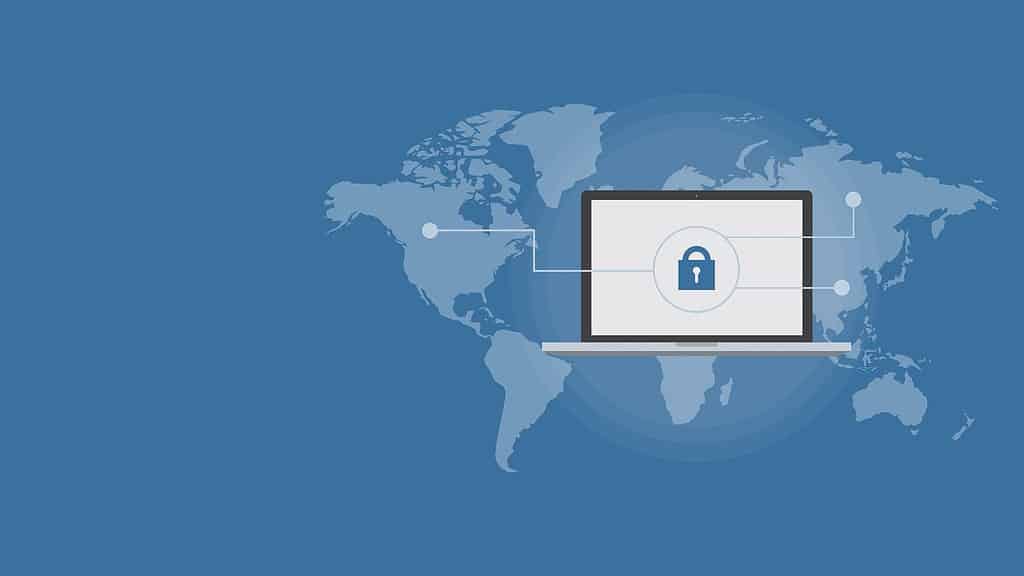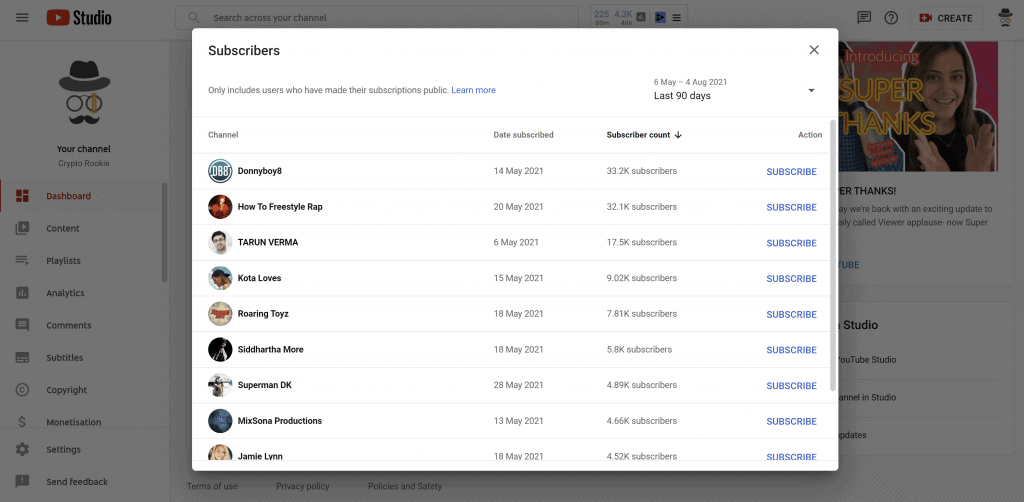Creating a Lofi hip-hop YouTube channel is an exciting journey into the world of music and digital content creation.
This genre, known for its chill vibes and relaxing beats, has grown in popularity, making it a lucrative niche for aspiring YouTubers. In this blog post, we’ll guide you through setting up your channel, monetizing your content, and exploring the benefits of running a faceless YouTube channel.
You can automate Lofi Hip-Hop channels and livestream 24/7. This turns your YouTube channel into passive income! I use Gyre’s free trial to start and scale up from there!
Can you earn money with Lofi hip-hop channels on YouTube? – Yes, lofi hip-hop channels can earn $500-$10,000/month through ads, memberships, merchandise, sponsorships, and donations. Earnings vary by channel size and engagement.
Step 1: Setting Up Your Channel
Choose a Unique Channel Name: Your channel name should reflect the essence of lofi hip-hop while being memorable and searchable. Think of names that evoke a sense of calm, relaxation, or nostalgia.
Create Your Channel Art: Your channel’s visual identity is crucial. Design a logo, a banner, and thumbnails that resonate with the lofi aesthetic. Soft colors, vintage imagery, and minimalist designs work well.
Optimize Your Channel Description: Use keywords related to lofi hip-hop in your channel description to improve your searchability. Explain what viewers can expect from your channel, such as “chill beats to study/relax to.”
Step 2: Content Creation
Curate Your Music: Whether you’re producing your own beats or curating others’ music, ensure you have the right to use it. If you’re using other artists’ work, obtain permission or use royalty-free tracks.
Create Engaging Visuals: Lofi hip-hop channels often feature animated visuals or relaxing background videos. You can create simple animations, use stock video, or collaborate with visual artists.
Consistent Upload Schedule: Consistency is key. Decide on a schedule, whether it’s daily, weekly, or bi-weekly, and stick to it. This helps build a loyal audience.
Step 3: Monetizing Your Channel
Ad Revenue: Once you meet YouTube’s monetization criteria (1,000 subscribers and 4,000 watch hours), you can start earning from ads played on your videos.
Channel Memberships and Super Chat: Engage your community by offering channel memberships and utilizing Super Chat during live streams for additional revenue.
Merchandise and Sponsorships: As your channel grows, you can sell branded merchandise or secure sponsorships from brands that align with your audience.

Benefits of a Faceless YouTube Channel
Privacy and Comfort: A faceless channel allows you to maintain your privacy and work from your comfort zone without the pressure of being on camera.
Focus on Content: It enables you to focus solely on the quality of your content rather than personal branding or appearance.
Global Appeal: Faceless content often has a universal appeal, as it transcends cultural and linguistic barriers, making your channel accessible to a wider audience.
Ease of Production: Without the need for filming yourself, the production process can be simpler and less time-consuming, allowing you to focus on creating more content.
In conclusion, starting a lofi hip-hop YouTube channel can be a rewarding venture. It allows you to explore your creativity, share your love for music, and even earn an income.
By focusing on quality content, consistent uploads, and engaging with your audience, you can build a successful faceless YouTube channel in this ever-growing niche. Remember, the key to success is patience, passion, and persistence.
Deep Dive Q&A: Lofi Hip-Hop Channels
Lofi hip-hop has carved out a significant niche in the music and digital content creation world. This genre, known for its chill, relaxing beats, is not just a listening experience but a lifestyle for many.

Q1: What are the basic components of a successful lofi hip-hop YouTube channel?
Answer: The success of a lofi hip-hop YouTube channel hinges on several key components:
- High-Quality Music: The core of the channel. It can be original compositions, curated playlists, or a mix of both.
- Consistent and Engaging Visuals: Often featuring animated loops or calming scenes that complement the music.
- Regular Upload Schedule: Consistency in posting new content keeps the audience engaged.
- Community Engagement: Interacting with viewers through comments, live streams, and social media.
Table: Key Components and Their Importance
| Component | Importance (%) |
|---|---|
| High-Quality Music | 40 |
| Engaging Visuals | 30 |
| Upload Schedule | 20 |
| Community Engagement | 10 |
Q2: How do lofi hip-hop channels generate revenue?
Answer: Lofi hip-hop channels primarily earn through the following streams:
- Ad Revenue: Monetization via YouTube ads.
- Channel Memberships: Exclusive content for members.
- Merchandise: Selling branded goods.
- Sponsorships: Partnerships with brands.
- Donations: Through platforms like Patreon or during live streams.
Table: Revenue Streams and Estimated Earnings
| Revenue Stream | Estimated Earnings (Monthly) |
|---|---|
| Ad Revenue | $500 – $5,000 |
| Channel Memberships | $100 – $2,000 |
| Merchandise | $200 – $3,000 |
| Sponsorships | $500 – $10,000 |
| Donations | $50 – $1,000 |
Note: Earnings vary greatly depending on channel size and audience engagement.
Q3: What are the most relevant search terms for lofi hip-hop channels?
Answer: To maximize visibility, lofi hip-hop channels should optimize their content around popular search terms related to the genre. Here are some of the most relevant search terms:
Table: Relevant Search Terms
| Search Term | Monthly Searches |
|---|---|
| Lofi hip-hop | 500,000+ |
| Chill beats | 100,000+ |
| Study music | 200,000+ |
| Relaxing music | 300,000+ |
| Lofi beats to study/relax to | 50,000+ |
Q4: What are the growth trends for lofi hip-hop channels on YouTube?
Answer: The lofi hip-hop genre has seen a steady increase in popularity over the years, with significant growth in both the number of channels and the overall viewership.
Table: Growth Trends (Yearly)
| Year | Channels | Viewership (Millions) | Increase in Viewership (%) |
|---|---|---|---|
| 2019 | 1,000 | 100 | – |
| 2020 | 1,500 | 250 | 150% |
| 2021 | 2,000 | 400 | 60% |
| 2022 | 2,500 | 600 | 50% |
Note: These figures are illustrative and may not represent exact numbers.
Lofi hip-hop channels offer a unique blend of music and visual aesthetics, providing a tranquil escape for listeners worldwide.
By understanding the basics, revenue streams, relevant search terms, and growth trends, creators can better navigate the complexities of starting and growing a successful lofi hip-hop YouTube channel.
The genre’s increasing popularity and the digital landscape’s evolving nature suggest a promising future for creators in this space.




































